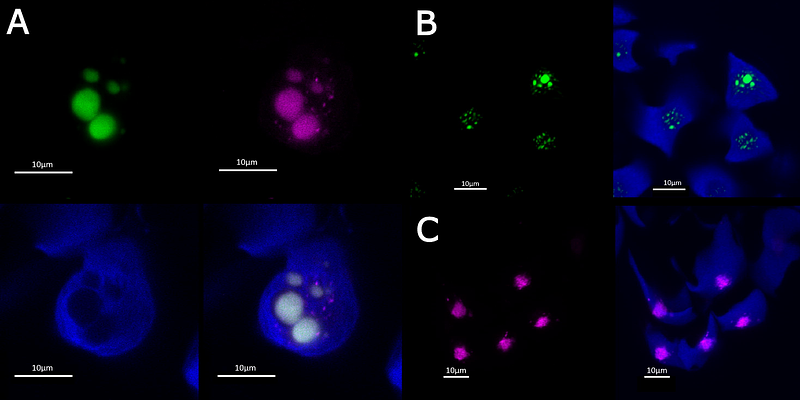Biolistics-mediated transformation of hornworts and its application to study pyrenoid protein localization

Biolistics-mediated transformation of hornworts and its application to study pyrenoid protein localization
Li, F.-W.; Lafferty, D.; Robison, T. A.; Gunadi, A.; Gunn, L. H.; Van Eck, J.
AbstractHornworts are a deeply diverged lineage of bryophytes that are sister to mosses and liverworts. Hornworts have an array of unique features that can be leveraged to illuminate not only the early evolution of land plants, but also alternative paths for nitrogen and carbon assimilation via cyanobacterial symbiosis and a pyrenoid-based CO2-concentrating mechanism (CCM), respectively. Despite this, hornworts are one of the few plant lineages with limited available genetic tools. Here we report an efficient biolistics method for generating transient-expression and stable transgenic lines in the model hornwort, Anthoceros agrestis. An average of 569 ({+/-} 268) cells showed transient expression per bombardment, with green fluorescent protein expression observed within 48 hours. A total of 81 stably transformed lines were recovered across three separate experiments, averaging six lines per bombardment. We followed the same method to transiently transform nine additional hornwort species, and obtained stable transformants from one. This method was further used to verify the localization of Rubisco and Rubisco activase in pyrenoids, which are central proteins for CCM function. Together, our biolistics approach offers key advantages over existing methods as it enables rapid transient expression and can be applied to widely diverse hornwort species.